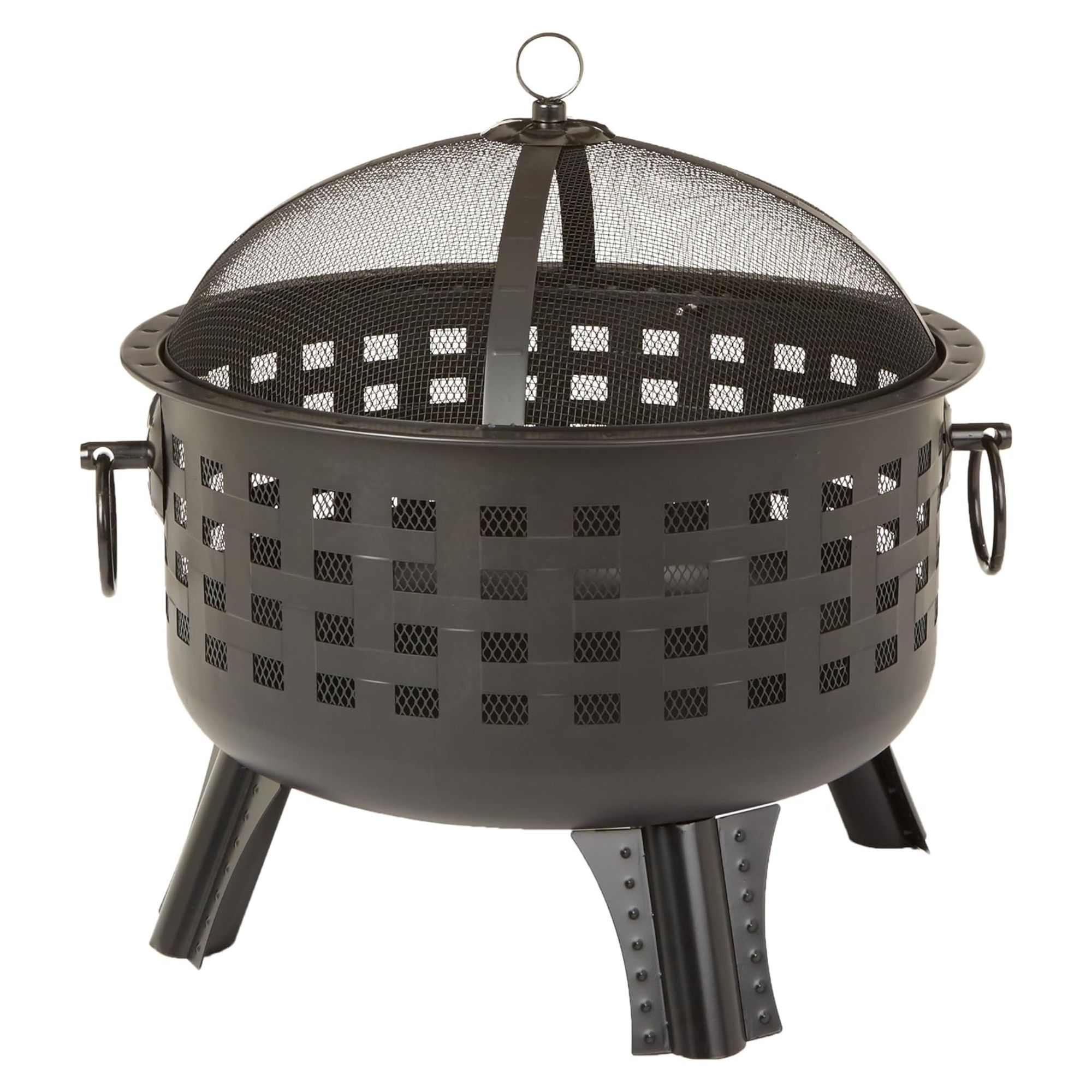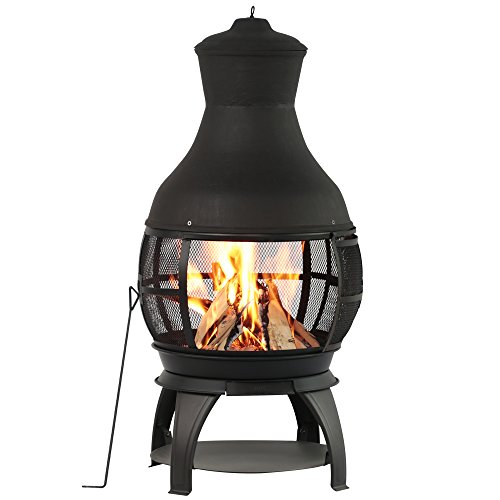Is it legal to have a fire in your backyard? An expert attorney reveals how to stay on the right side of the law
There are a lot of laws governing fire safety. We reveal how you can still have a cozy fire without falling foul of any rules
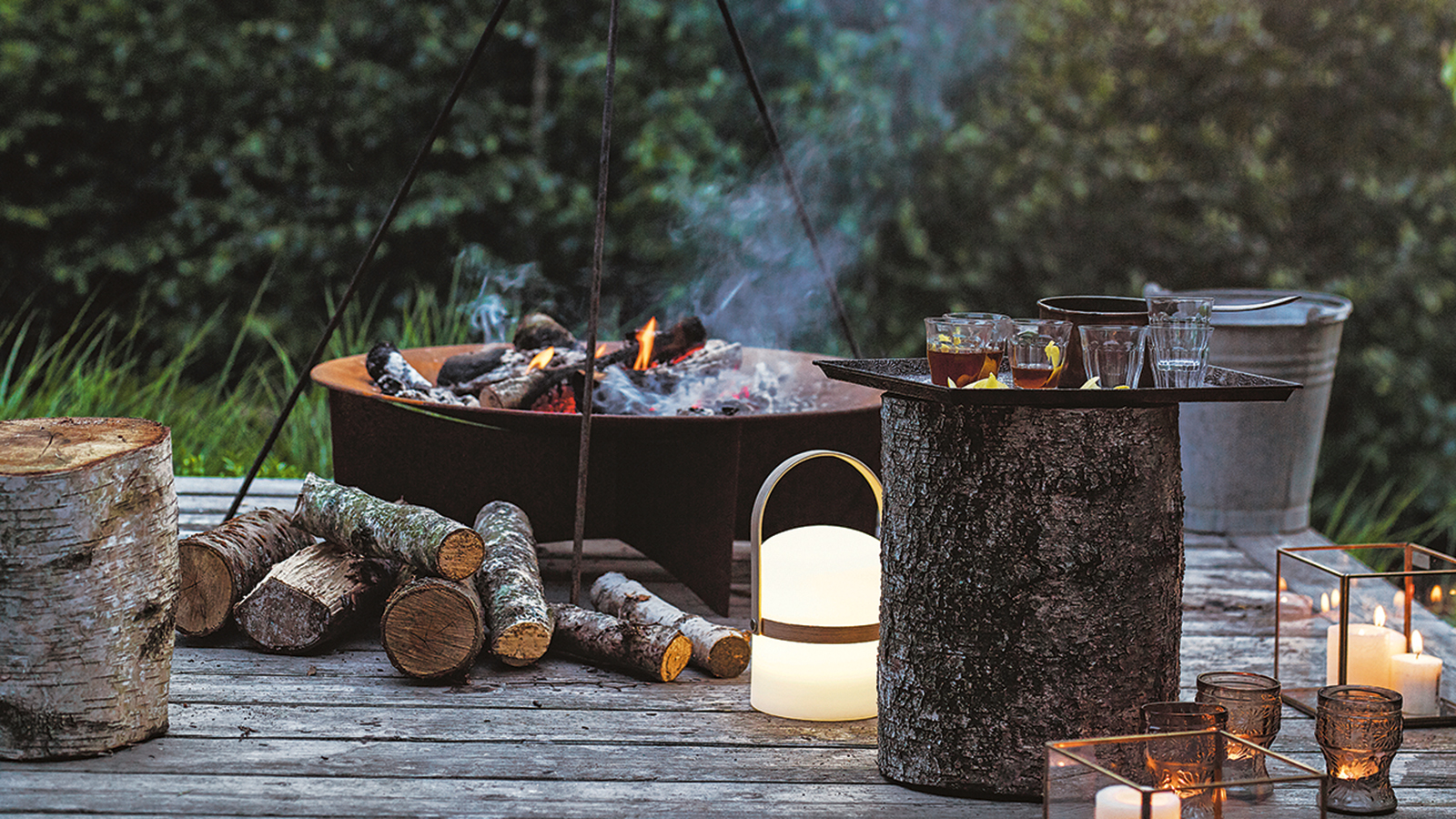

There's nothing like the feeling of sitting around an outdoor fire on a cool summer evening. Getting cozy around a fire - whether that's a bonfire or fire pit - is the perfect way to keep a party going after the sun sets, with conversations lasting late into the night.
However, not every backyard fire is legal. With increasing danger from wildfires, legislators across America are introducing laws to promote fire safety. These regulations differ across the country, and a legal fire in one backyard might be breaking the rules the next county over. Even the best fire pits may not work for the regulations in your state.
I spoke to a legal expert about the different regulations, and what you should bear in mind so you don't fall foul of the law.
1. Know your state law on yard fires
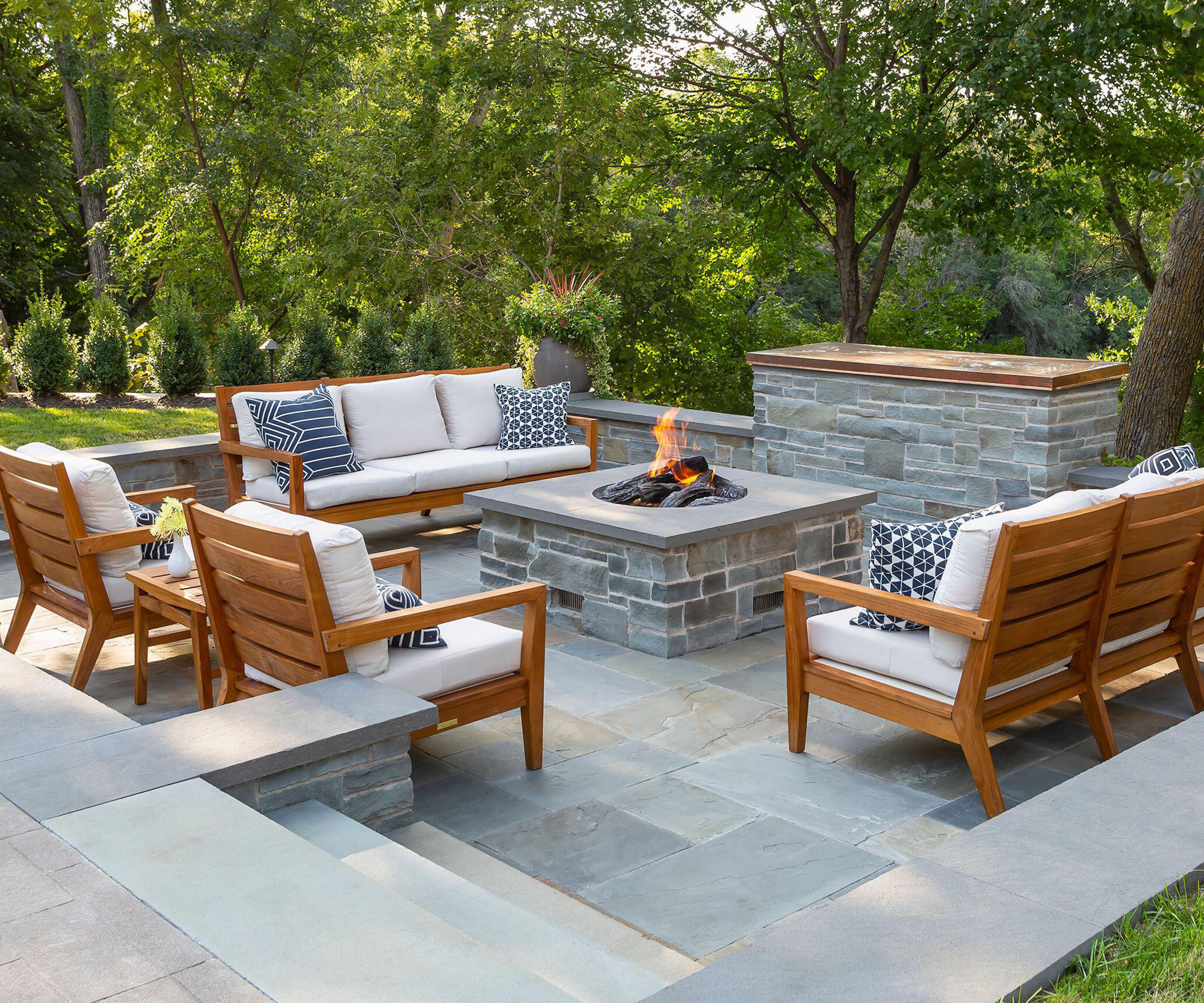
The best thing to do before you start a fire is to check your state and local laws because the rules vary not only across the country but county to county. Expert attorney Jamie Wright told me that the legality of backyard fires is different depending on your location.
She gave me an excellent example. 'State and local laws often dictate what is permissible, and these regulations can differ even within the same state,' says Jamie. 'For instance, in California, you generally need a permit for any open fire due to the high risk of wildfires, especially during the dry season. In Los Angeles, specific regulations are in place that restrict open burning.'
Where California has strict fire safety laws, Jamie says that 'In contrast, states like Texas might have more lenient rules', which tend to allow for small, domestic fires. Wherever you are in the country, look up the state law before you have an open fire.

Jamie E. Wright is a trial lawyer and principal of the J. Wright Law Group P.C. Before launching her successful solo practice, Wright spent over a decade in the defense bar practicing employment law, breach of contract and tort cases at several large and mid-size firms, representing municipalities, school districts, and Fortune 100 companies.
2. Keep your fire small

No matter the state, most mandate that the fire is kept to a specific size, usually as small as possible. Jamie told me that it varies from state to state as well as from country to county.
Design expertise in your inbox – from inspiring decorating ideas and beautiful celebrity homes to practical gardening advice and shopping round-ups.
'For example, in New York, recreational fires must be under three feet in height and four feet in diameter.' Other places require even smaller, more regulated fires. Jamie says 'In Los Angeles, specific regulations are in place that restrict open burning; recreational fires are allowed in approved fire pits or containers and must be kept small, under three feet in height and width.'
3. Consider the materials you are burning
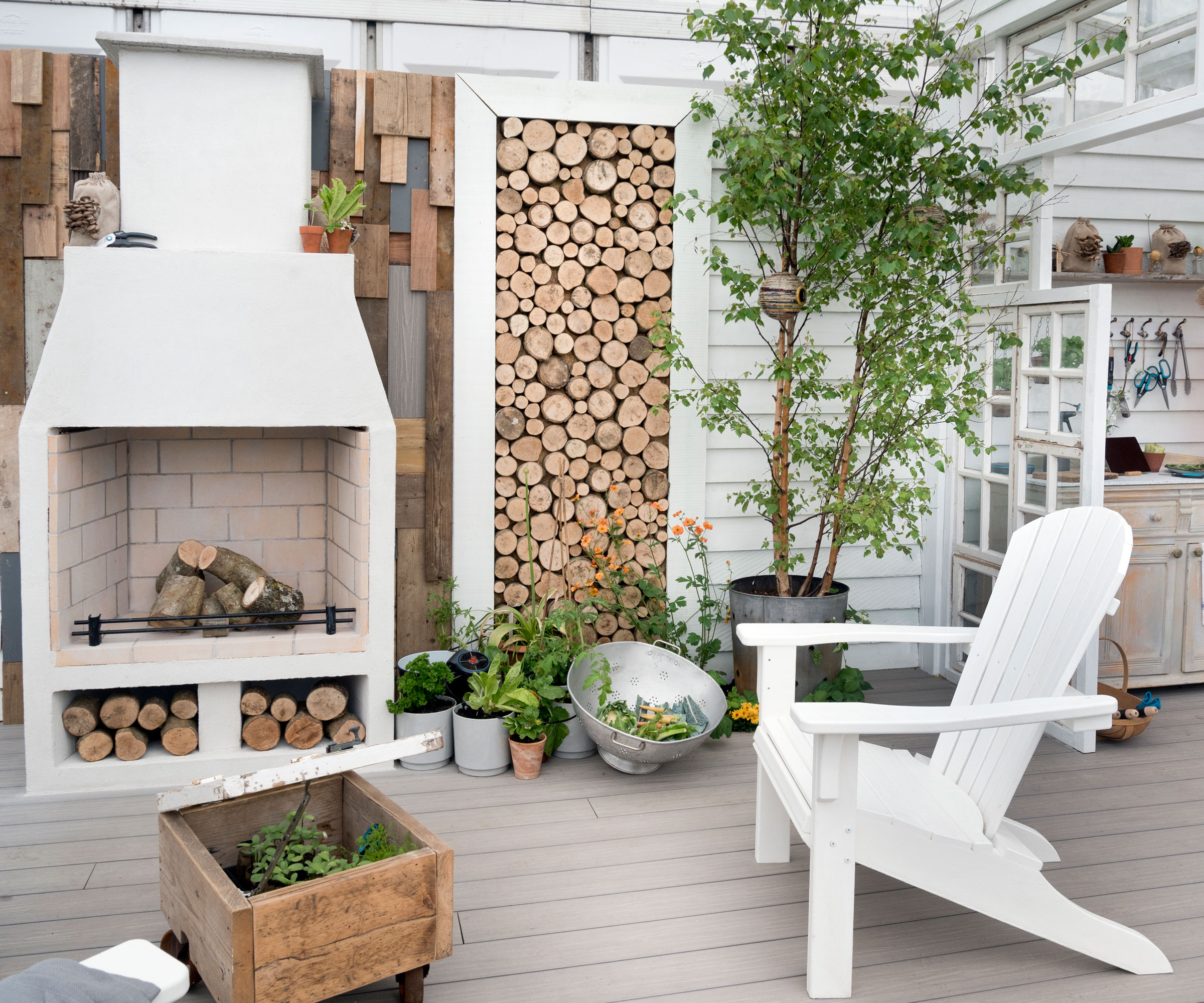
On top of the size of your fire, the materials you burn are crucial, even in places with less stringent fire safety laws.
For example, Jamie told me that 'Texas allows small recreational fires without a permit, provided you follow safety guidelines and burn only clean, untreated wood.' In Florida, however, 'burning yard waste like leaves and branches is allowed, but burning garbage or construction debris is prohibited.'
Untreated wood is key here, too. For example, just as in Texas, in Connecticut you can only burn untreated wood. Untreated wood is any wood cut down yourself or bought untreated from a lumber yard or store. This means that if you have any old fence panels, wood pallets, or wooden furniture treated with stain, oil, or wood glue, you can't burn it. Untreated wood for fire pits is pretty easy to buy online, but you may be out of luck if you want to burn yard waste.
4. Find a safe spot for your yard fire

On top of the size and materials in your fire, you have to consider where you place your fire. Most states have fire safety laws about where you can place an outdoor fire. Jamie says 'The location of the fire is crucial; many jurisdictions, such as in Ohio, require fires to be at least 25 feet away from structures and property lines.'
The logic behind these laws is pretty obvious. If a fire grows out of control near a fence or a home it could easily cause a much larger fire that poses a risk to property, and far more importantly, life.
These ordinances also apply vertically as well as horizontally. In most states and counties, you need a lot of vertical clearance above your fire. A fire underneath a gazebo, pergola, or power lines is usually illegal.
5. Watch the weather
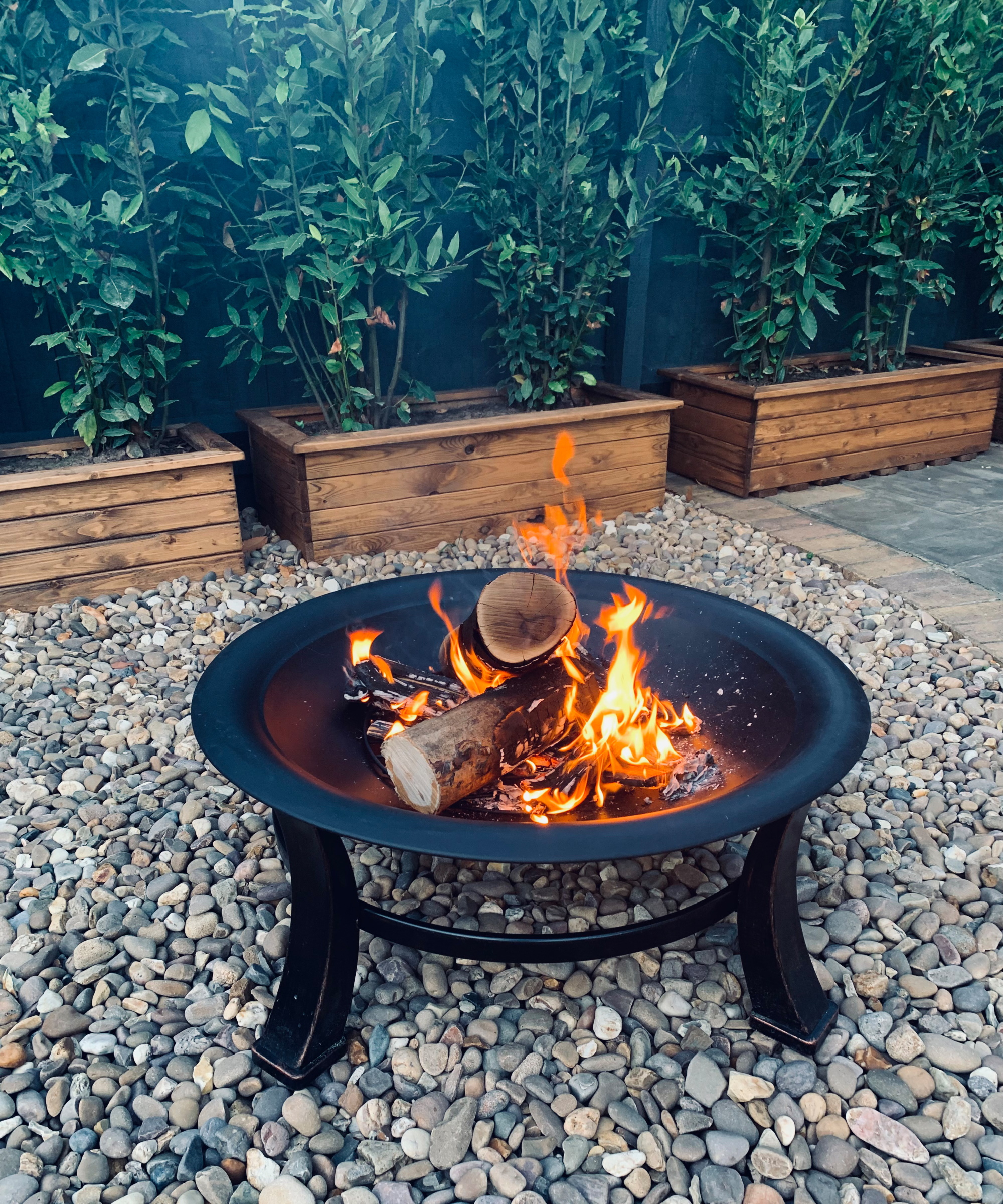
On top of local laws, you need to consider local weather conditions. Even in states with more relaxed fire safety laws, there can be temporary bans on outdoor fires.
Jamie told me that 'Weather conditions play a significant role as well, with states like Colorado implementing fire bans during dry and windy periods to prevent wildfires.'
However, be sure to read the fine print on local fire restrictions, because they often apply to campfires in state parks, not fire pits on private property. At the time of writing, there is a stage 1 fire restriction in several counties in Arizona, but this applies to open campfires outside developed campsites, not domestic fire pits. (Though these can be temporarily banned depending on weather conditions in, for example, Phoenix or Maricopa County.)
6. Double-check incinerator law
All of the above applies to domestic fire pits, but while s'mores are fun, they're not the only reason to start a fire in your backyard. Incinerators are one of the most efficient ways of getting rid of trimmings from hedges or pruning, but they're also subject to a host of different laws.
Legal expert Jamie says that 'Using an incinerator in your backyard might be subject to specific regulations - in Pennsylvania, for instance, you may need a permit and must follow strict guidelines on what can be incinerated. Always check with your local fire department or municipality to ensure you're following all relevant laws and safety guidelines.'
7. Know your HOA rules
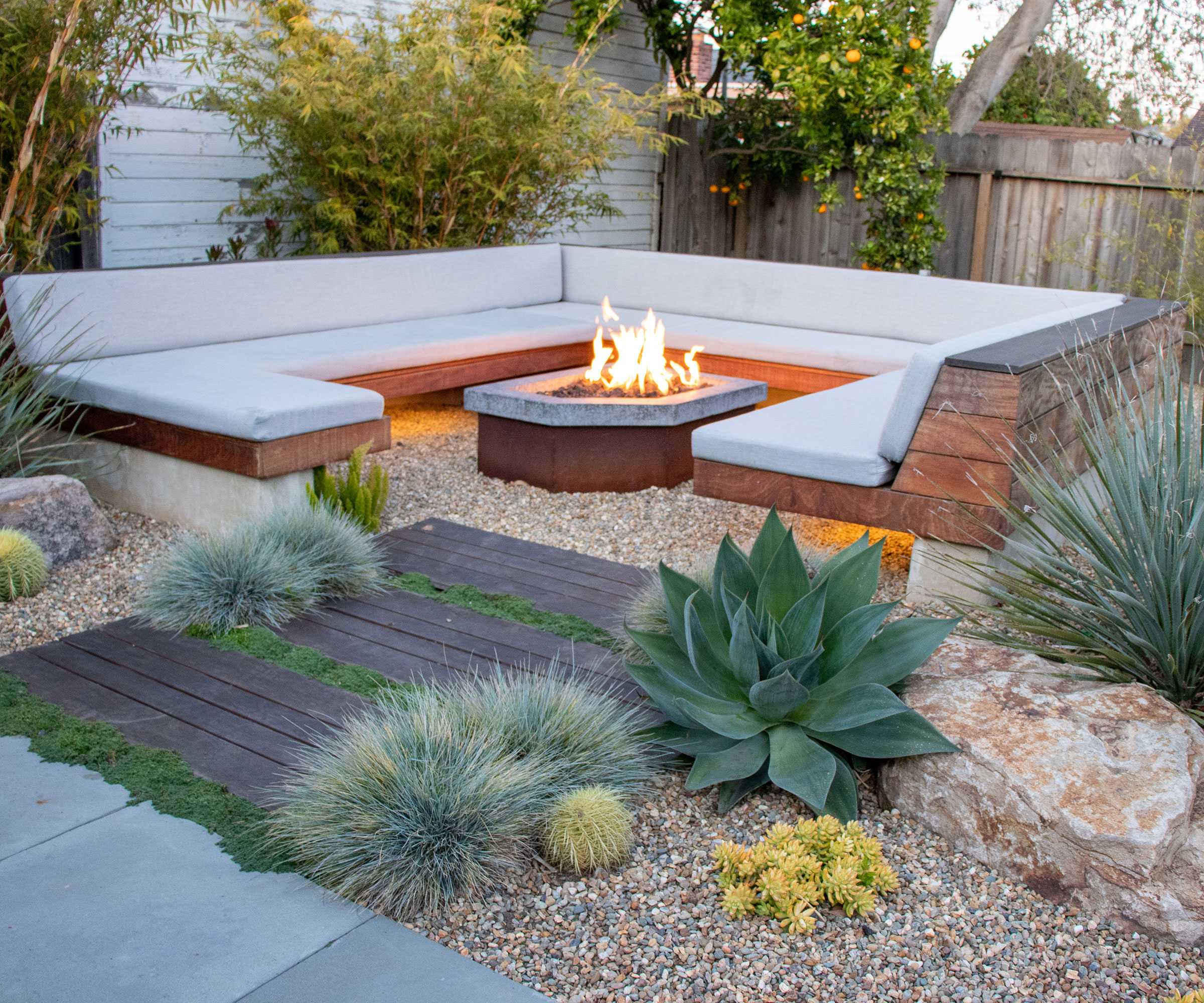
On top of actual law, you might face further restrictions if you live in a homeowners association.
In most HOAs, wood-burning fire pits are prohibited as a safety measure. In some places you can get around this law with a propane fire pit, but it depends on your HOA's rules.
FAQs
Can I have a fire pit on a deck?
You can use a fire pit on a deck, but make sure to put down fireproof material like pavers first.
There are lots of other precautions you need to take when it comes to backyard fires and fire pits. For example, you should never have a firepit under a gazebo. It's also crucial to understand the best ways to clean a firepit and to light a fire pit, to keep your late-night camp fires and garden gatherings fun and, importantly, safe.

As a gardens and lifestyle contributor, Alex makes sure readers find the right information to help them make the best purchase. Alex got his start in reviewing at the iconic Good Housekeeping Institute, testing a wide range of household products and appliances. He then moved to BBC Gardeners’ World Magazine, assessing gardening tools, machinery, and wildlife products.
